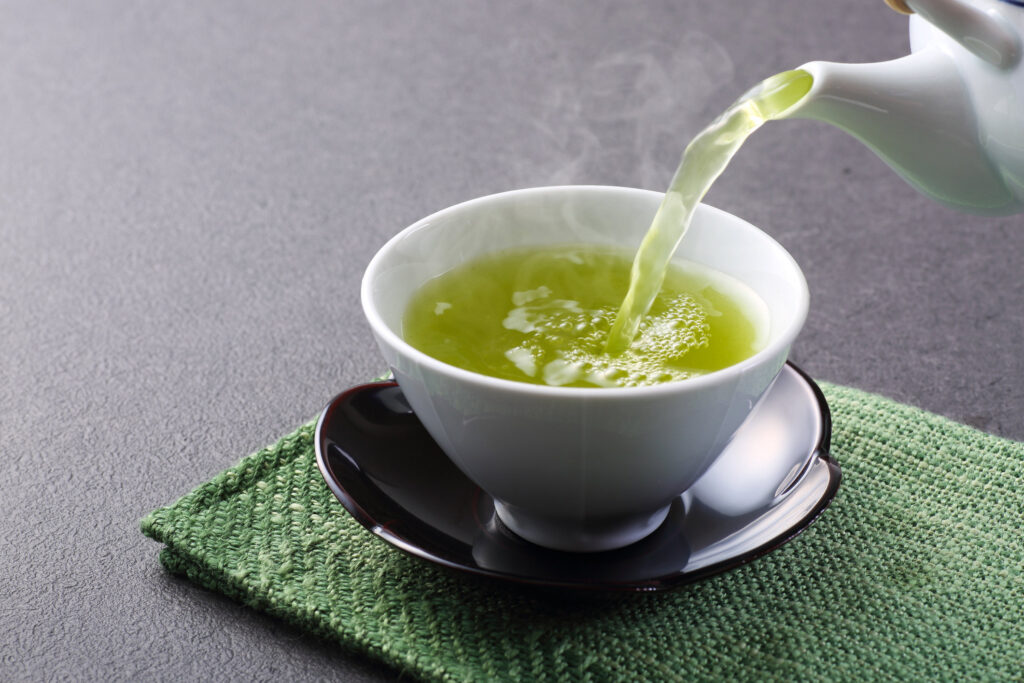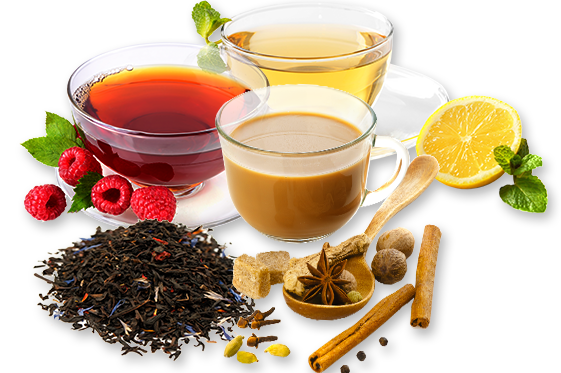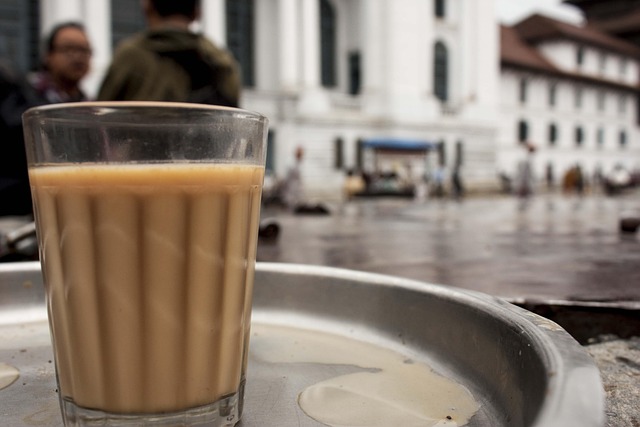Indulging in a cup of tea is more than just about the warmth it brings; it’s about exploring flavors and enhancing the overall experience. Whether you are sipping your morning cup or winding down at night, there are countless ways to elevate the flavor of your tea. This guide will take you through various methods and ingredients that can revitalize your tea-drinking ritual.
Table of Contents
ToggleUnderstanding the Basics of Tea
Before diving into the ways to enhance tea flavors, it’s essential to understand what makes tea unique. Tea is made from the leaves of the Camellia sinensis plant, and its flavor is influenced by several factors, including the type of tea, brewing time, and water temperature. The main types of tea—black, green, white, oolong, and herbal—each have distinct flavor profiles and qualities.

The flavor of tea can also change significantly with different processing methods. For instance, black tea is fully oxidized, making it strong and robust, while green tea is minimally oxidized, leading to a lighter and crisper flavor. Understanding these basics can help you appreciate the nuances of flavors within different teas and set the stage for enhancement.
Choosing the Right Tea Base
The foundation of a great cup of tea starts with the selection of a tea base. With the hundreds of varieties available, it is essential to choose one that appeals to your taste buds. Black teas like Assam or Darjeeling have rich and malty flavors, while green teas such as Sencha or Matcha offer grassy and refreshing notes.
Oolong teas can present a wonderful balance between black and green, yielding a complex flavor that can vary depending on how it’s processed. If you’re looking for something more subtle, white tea, like Silver Needle, has a delicate taste that’s both light and fragrant. Herbal teas, albeit not technically “tea,” offer an exploration into the flavors of various herbs, fruits, and flowers. The acidity or sweetness in your chosen base will set the tone for the enhancements you will later add.
Experimenting with Temperature and Brewing Time

Another way to enhance the flavor of your tea is by paying careful attention to the brewing time and water temperature. Different types of tea require different temperatures for optimal flavor. For instance, black tea generally does best at around 200°F (93°C), while green tea is often best brewed at lower temperatures, around 160-180°F (71-82°C).
Brewing time is equally important. A too-short steeping time will result in a weak brew, while leaving the tea to steep for too long can lead to bitterness, especially in black and herbal teas. A general guideline is to steep black tea for 3-5 minutes, green tea for 2-4 minutes, and oolong tea for about 4-7 minutes. Take time to experiment; note the flavors that emerge at different steeping times, and adjust to suit your palate.
Adding Natural Flavor Enhancers

One of the most delightful ways to improve the flavor of your tea is to add natural ingredients. Fresh herbs, fruits, spices, and even edible flowers can create an enhanced sensory experience.
Fresh mint leaves are a popular addition to many teas and create a refreshing flavor. You can also try basil, rosemary, or even lemongrass to bring a zesty note to your brew. Fruits like citrus (lemons, limes, oranges) or berries (raspberries, strawberries) can brighten the tea’s flavor and infuse it with delightful acidity. Adding a slice of ginger or a sprinkle of cinnamon can contribute warmth and earthiness, making your cup a comforting treat.
Don’t overlook edible flowers, such as chamomile or hibiscus, which add not only aesthetic appeal but also unique flavors. Creating your blend allows you to personalize your tea breaks while discovering combinations that you may not have thought of.
Sweeteners with a Twist
While sugar and honey are classic sweeteners used to bring a little sweetness to tea, there are numerous alternatives that can add a distinctive flavor while enhancing your experience. Raw honey differs significantly from processed sugar, providing nuanced flavors depending on the flowers from which the bees collect nectar.
For a slightly different flavor profile, try using maple syrup or agave nectar. In addition to these familiar options, consider sweetening your tea with flavored syrups made from vanilla, caramel, or even spices like chai. Infused sweeteners can add layers of flavor that enhance the tea’s original profile.
For those looking for a more adventurous route, try experimenting with sugar alternatives like stevia or monk fruit. They often have their own flavors and can cater to different health needs while still allowing your tea to shine.
Exploring Milk and Cream Additions

Adding milk or cream to tea can create a smooth and creamy texture that many people enjoy. This practice is particularly popular in black teas, especially in recipes from various cultures such as Indian masala chai or traditional English breakfast tea.
Whole milk offers richness, while skim milk provides a lighter alternative. For those who are lactose intolerant, consider almond milk, oat milk, or coconut cream, which can add their unique flavors. Some people also like to experiment with flavored creamers or adding a dash of vanilla extract.
Understanding how the creaminess interacts with the tea base can help you find the perfect balance. Always remember to add milk or cream gradually, so you can stop when you reach your desired flavor.
Create Unique Tea Blends
Creating your tea blends is an exciting way to enhance flavor and enjoy a customized experience. Start by selecting a base tea and then adding your chosen flavor enhancers—herbs, spices, and additional ingredients as cited previously.
For example, a delightful blend could consist of black tea with slices of orange and a dash of cinnamon, evoking the warmth of fall. Alternatively, you can mix green tea with fresh mint and a hint of ginger for a refreshing summer drink. You can also play with various herbal components, combining chamomile with lavender for a soothing nighttime tea.
Make use of a journal to jot down what you’ve tried and how different combinations work together. This experimentation will not only help you discover your favorite blends but also deepen your appreciation for the diversity of tea flavors.
Conclusion
Enhancing the flavor of your tea is an enjoyable journey of exploration. From selecting the right base tea to experimenting with natural ingredients, every step offers an opportunity to elevate your tea-drinking experience. By being mindful of factors such as brewing time and ingredients, you are sure to find a combination that brings joy to your cup. Remember, the world of tea is vast and open to creativity, so let your taste buds guide you on this flavorful adventure.
FAQs
1. How should I store my tea to maintain its freshness?
Storing tea in an airtight container in a cool, dark place away from moisture and strong odors helps preserve its freshness. Avoid exposing tea leaves to light and humidity.
2. Can I use tea bags for flavor enhancements?
Yes, you can use tea bags to simplify the brewing process and still enhance flavors by adding fresh ingredients or sweeteners directly to the brewed tea.
3. How can I mask the bitterness in over-steeped tea?
Adding a sweetener like honey, a dash of milk or cream, or citrus can help balance out bitterness. Experiment with different additions until you reach a flavor you enjoy.
4. Is there a best time to drink tea for optimal flavor?
While you can enjoy tea at any time, tasting it after it has steeped may give you a clearer sense of its flavors. Time of day can also influence desired flavors; for example, spicy teas might be comforting in the evening.
5. Can I blend different types of tea together?
Absolutely! Blending different types of tea can create complex flavors. Just ensure that they have compatible flavor profiles, and experiment to find the right combinations that work for you.






